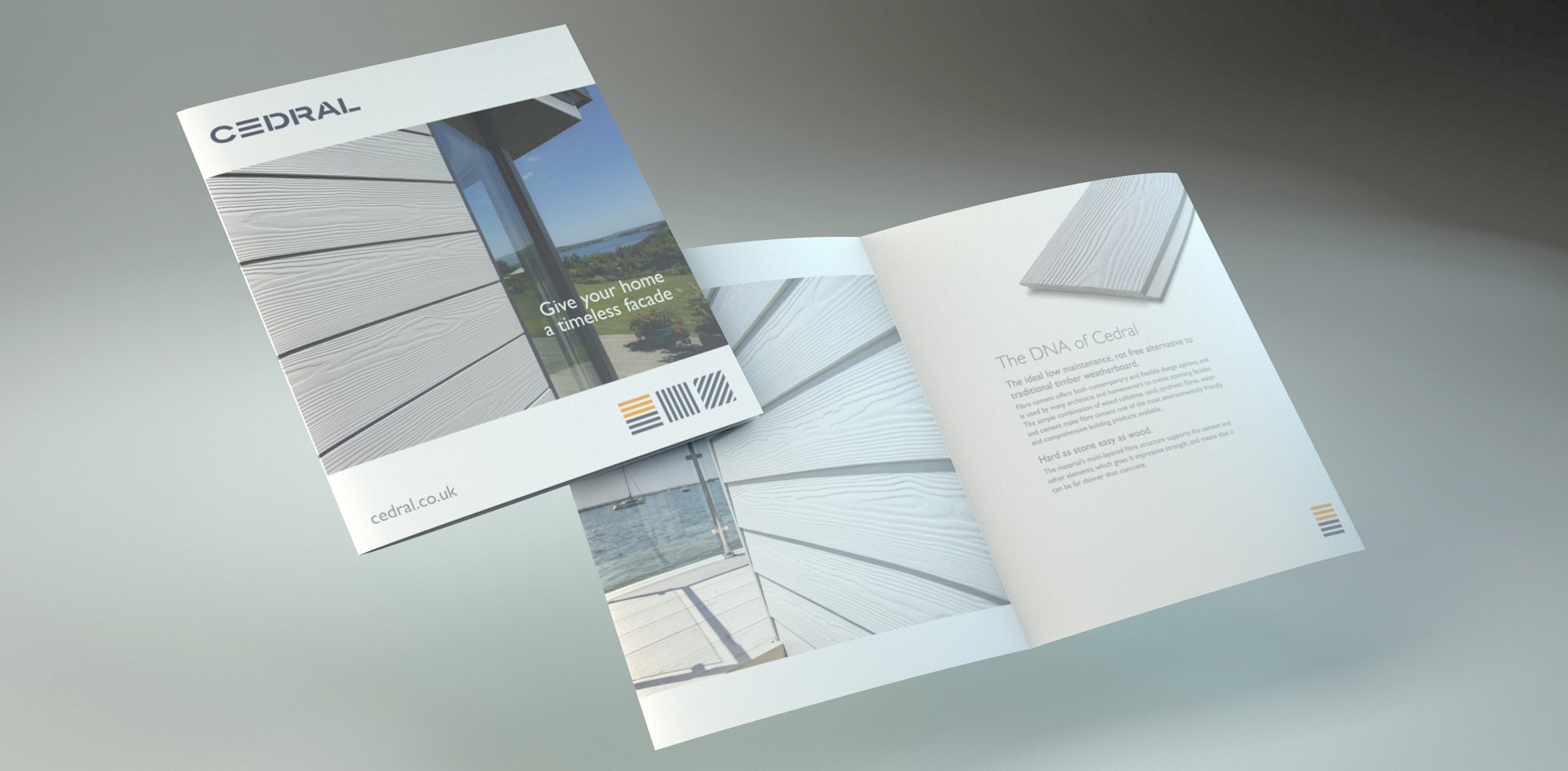It’s never easy to plan the renovation of your façade. Especially if you've never done it before. Here’s a kind of checklist that will help you plan your project in the best possible way, so that it meets your expectations.

Regulations part 1: laws and administration
The first question you must ask yourself is: do I need a building permit for my project? A building permit is an official permission to construct, remove or alter buildings. It may be required for changes to the building, extensions with outbuildings, additions, or the installation of additional elements. The regulations vary from state to state, and sometimes even from municipality to municipality. Such a document must be applied for at the building office of the respective municipal or district administration. In case of doubt, the responsible building authority should always be consulted.
In addition to the building permits, there are several specifications regarding the design in the building law, the state building regulations, and the municipality. Ask your local authority before the refurbishment measure which regulations apply, for example, to the colour of the façade or roof design.
Even if you only want to repaint a façade, there are laws and regulations that you must comply with. According to the building code, the local and landscape appearance should be considered. Here, too, we advise you to obtain information from the relevant building authorities.
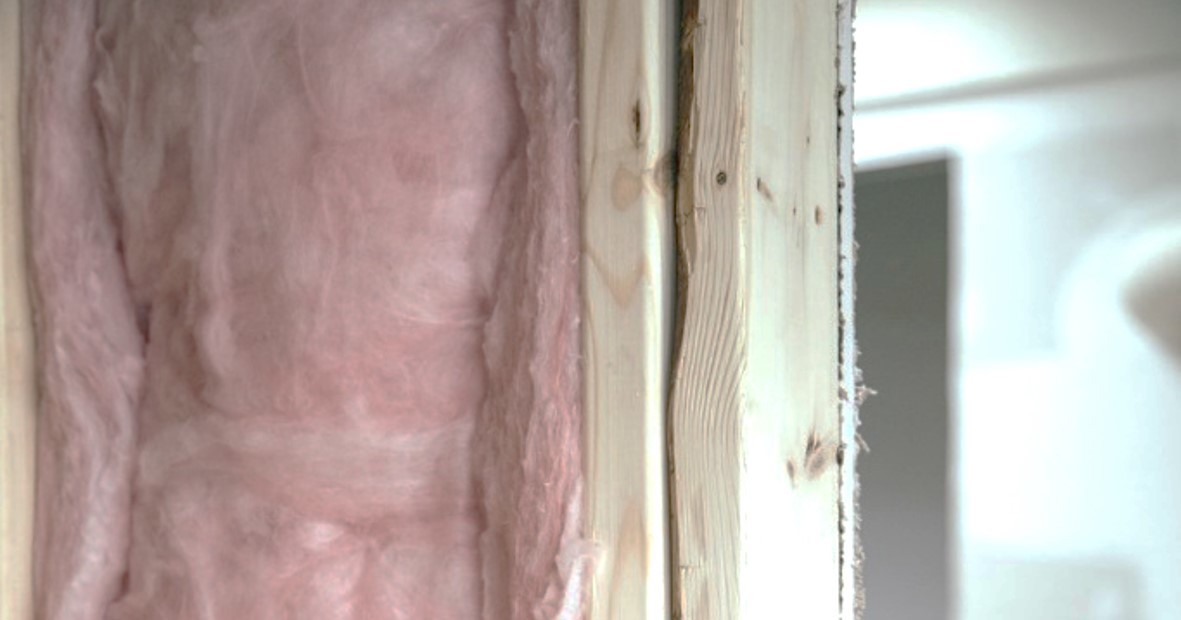
Regulations part 2: ecology and thermal performances
Regulations of the energy saving ordinance must also be observed. The Energy Saving Ordinance (EnEV) is intended to help achieve the energy policy goals of the government.
The savings potential shouldn’t be underestimated. Buildings account for 40% of energy consumption and around 1/3 of CO2 emissions. The possibility of saving energy therefore offers enormous potential. The EnEV applies to almost all heated or air-conditioned buildings. It primarily sets out specifications for the thermal insulation standards of a building, but also relates to heating and air-conditioning technology. As a result, it plays a major role in creating a comfortable living and working environment and reducing heating costs.
You’re not forced to carry out a comprehensive energy renovation of your house. However, if you commission renovation work, it must comply with the requirements of the EnEV. For example, if you have a large façade area of your house renewed, it must be insulated. So, if only a small crack is repaired, no energy-efficient renovation is necessary. If, on the other hand, a larger area is affected, it must be insulated in its entirety.
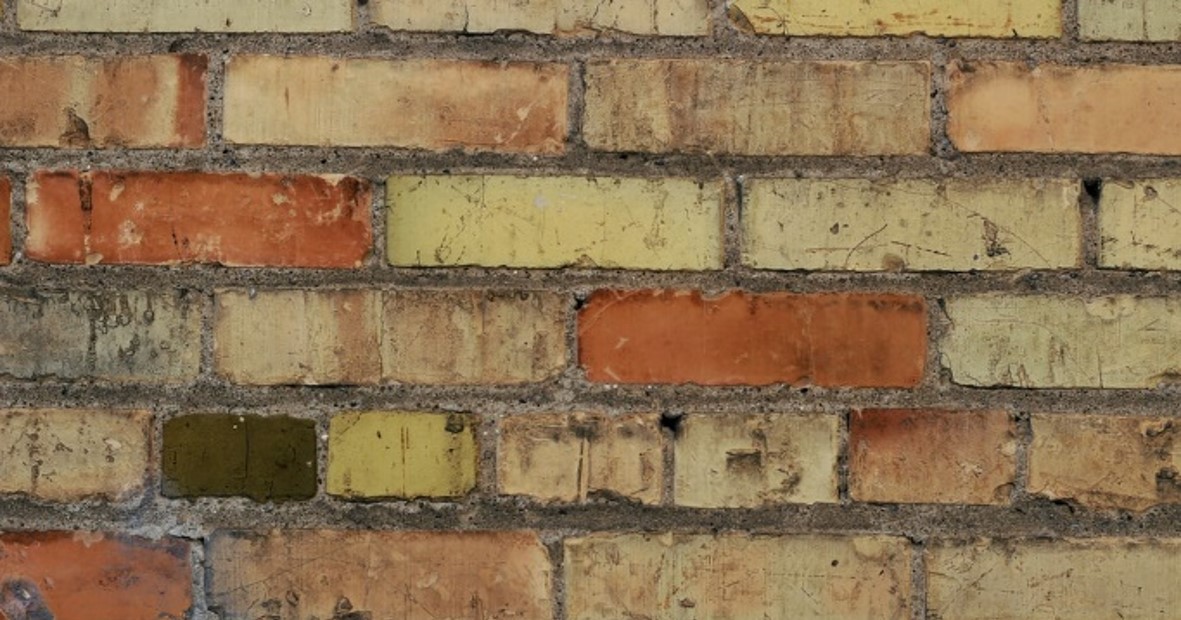
Condition of your façade before starting the project
Over the years, the shell of a house becomes unsightly. To freshen up the building, a facade renovation, refurbishment, or modernization is necessary. But what is the difference?
A renovation is essentially limited to the visual appearance, i.e. the beautification of the façade. However, it can only be carried out if the façade is still technically intact. If, on the other hand, the plaster crumbles or shows cracks, renovation is necessary. When renovating, the occasion is always a serious flaw. The aim of a modernization is to bring a property up to date, for example, to reduce energy costs, increase living comfort and increase the value of the house.
So, check the condition of your facade. Does it only need to be cleaned? Does it need a new coat of paint? Have cracks appeared in the façade? Is the plaster crumbling? Is the wall damp and not drying out? With the help of a thermal imaging camera you can, for example, easily see which building components are well insulated or where action is needed.
You can also carry out minor repair or painting work yourself. If the damage of the façade is so extensive that a little bit of fixing and a new coat of paint aren’t enough, the façade must be renovated. Less experienced do-it-yourselfers should leave this to a professional.
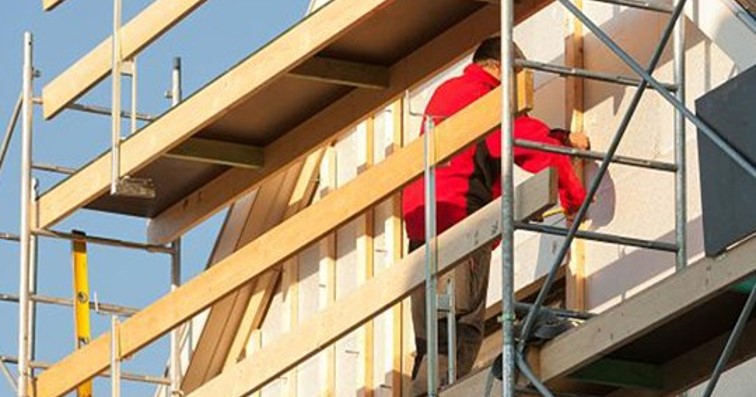
Special building features and scope of the project
Does your house consist of straight surfaces or does it have many extensions such as bay windows, chimneys, conservatories, porch? This also influences the price of the facade. The same applies to the number of windows and doors, because connections must be made in each case, which is very time-consuming. Use our calculation tool for facade panels to get an overview of how much material you need for your façade including accessories.

Determine which aspect has the highest priority for you in the renovation project: aesthetic design, comfort in the living space, energy saving, long-term protection or upgrading of your property. As with new buildings, the same applies to the renovation of old buildings: first plan, then build. Decisions that are only made during the construction phase usually lead to delays in the schedule and increase costs. Some tradesmen charge excessive prices for services they’re commissioned with after the start of construction and which aren’t included in their offer. If the property is also a leased property, a time delay postpones the start of letting, which in turn leads to rent losses.
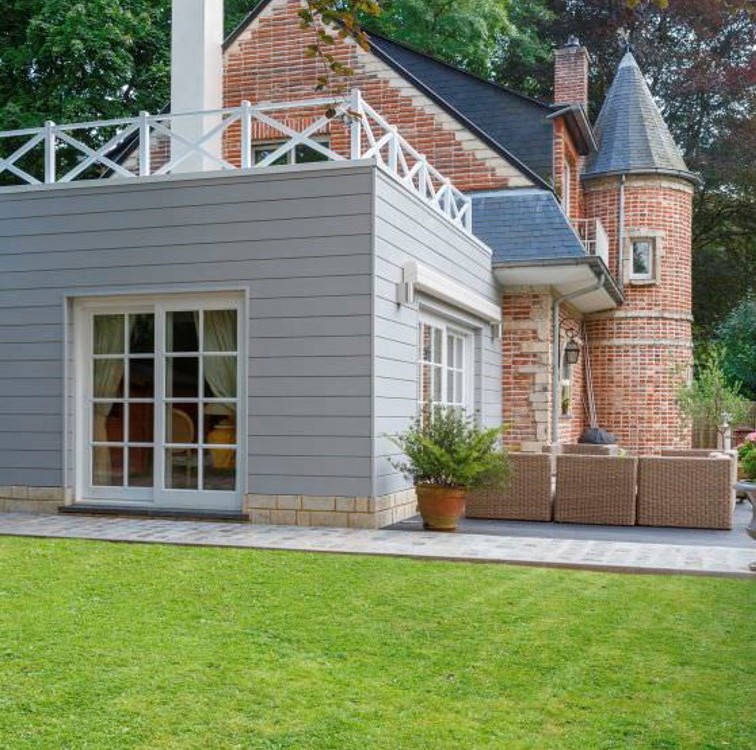
A detailed planning of the refurbishment before the start of the work enables the necessary construction work to be recorded exactly and commissioned in full. The same applies to precise scheduling, which ensures a smooth construction process. Before construction begins, the scope and objectives should therefore be precisely defined and all legal issues clarified.
The construction or renovation of a house is always the creation of an individual unique piece. Only the builders-owners who precisely define and communicate their goals and ideas will ultimately get the result that meets their wishes. The large number of possibilities and variants that a house renovation offers increases the client's scope for design, but also presents him with a great challenge. How to find the right one among all the possible designs?
In the first step, it helps to clarify the basic conditions and to visualize them. Many renovation variants can thus be ruled out even before the actual planning begins, which makes decision-making much easier. Depending on your own level of knowledge tough, it may be necessary to consult an architect to help you obtain the information. Are you planning simple renovation measures such as a new coat of paint, repair of a crack or are you planning a complete energy-related renovation including insulation? Are only individual parts such as the facade to be renovated? Or is the roof included?
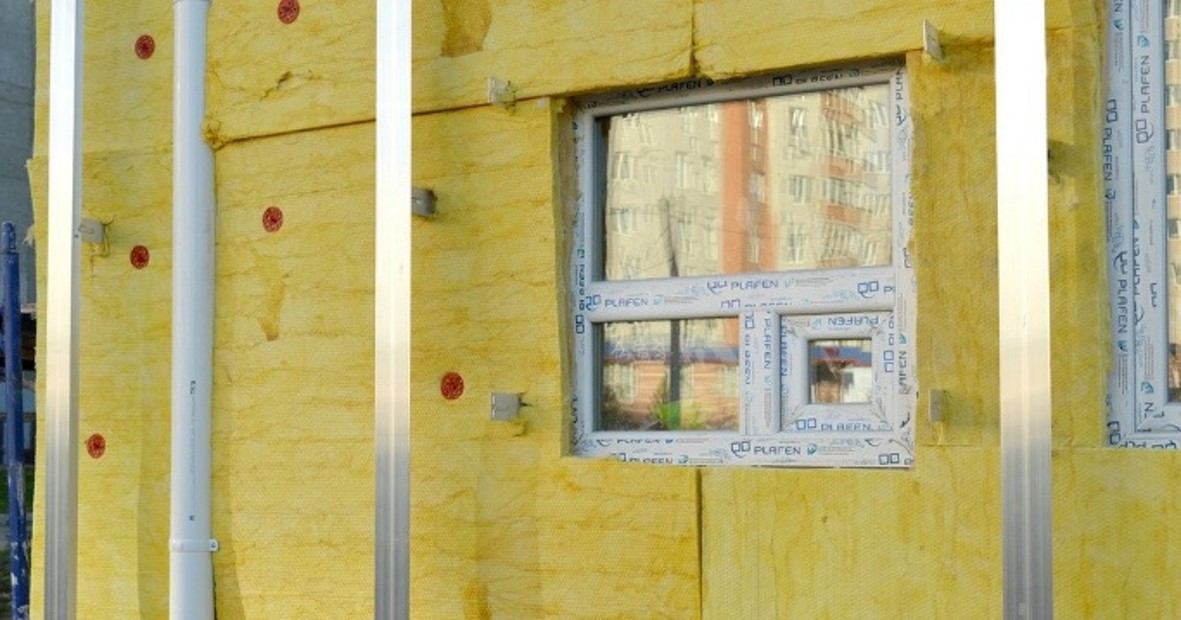
With or Without insulation
Consider thermal insulation if you’re planning to renovate your façade anyway. With a coupled modernization, your facade will be in optimal condition for years to come. You save on energy-related renovation since many fixed costs - such as the erection of scaffolding - only must be borne once.
One speaks of an energy-efficient renovation if the measures are aimed at improving the energy efficiency of the building. This includes all internal and external insulation measures, the replacement of windows, front door and shutters, insulation of the ceiling or basement, as well as roof refurbishment or renewal - in short, everything that makes the building envelope more airtight so that less energy can escape. Exactly what contributes to improving the energy efficiency of a house and which measures have the greatest effect can only be decided on a case-by-case basis. Individual factors such as the condition of the house and the building fabric, location and the financial scope are decisive.

Thermal insulation in buildings is understood to mean measures that reduce the passage of heat through the building or roof shell and thus prevent it from cooling or heating up, depending on the weather conditions. This is achieved by thermal insulation materials which, due to their low thermal conductivity, hardly allow warm air to pass through. They’re used especially on exterior walls, ceilings, and roof surfaces. Nowadays, independent building elements such as windows and front doors also have thermal insulation properties, but these may differ in quality depending on the model chosen.
Thermal insulation is primarily used for winter thermal protection by keeping the heated air in the rooms, less energy is lost to the outside and heating costs can be saved. In summer, however, it also reduces heat penetration.
Depending on the position of the insulation on the building, a distinction is made between external insulation, internal insulation, or core insulation. Read in our blog article, which advantages external insulation has. Many thermal insulation measures are financially supported by governmental subsidy programs. In the last chapter we will give you some more information on this topic.
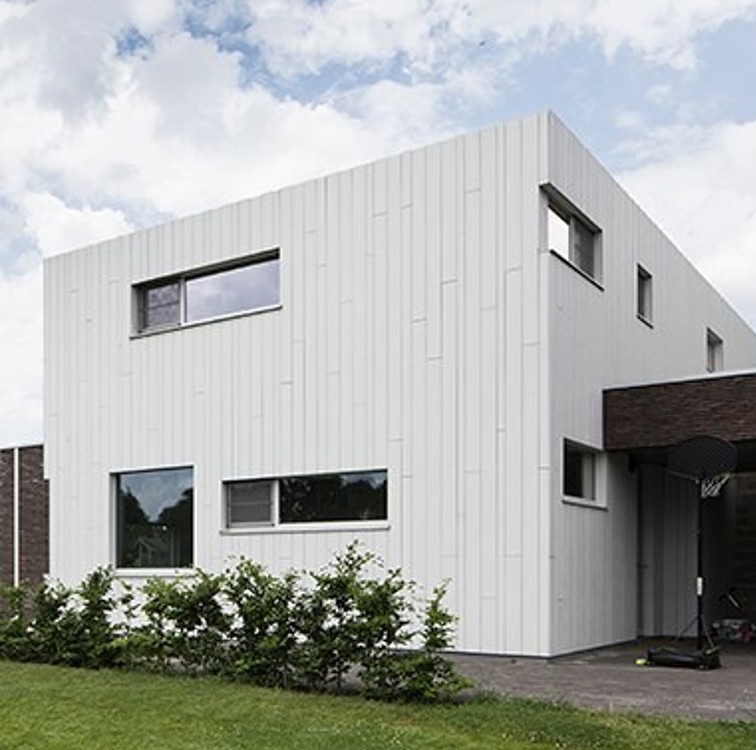
Exterior cladding for unique design
Choose colours and design elements that you like in the long run. Find out more about design options for your façade. Which material should be used? The costs per square meter can vary greatly with the different materials. But how do they differ? What are the advantages or disadvantages of the individual types of cladding? We would also like to give you some more detailed information on this topic.
Do you want your house to stand out from the buildings around you? Would you like to realize your individual style? Have a look at references and decide what you like or dislike. We show you here a few examples of how you can realize your wishes.

Extra support: subsidies for your renovation project
Once the need for refurbishment has been determined and offers from the tradesmen have been obtained, the financing begins. A range of funding is available here, from state to municipal subsidies. In most cases, the first point of contact is the state-owned credit institution (KfW), which supports renovation projects with subsidies and low-interest loans. Depending on the amount of work involved and the measures planned, KfW offers various promotional models, some of which can be combined with each other.
Important: Construction work may not commence until a commitment for the financing has been made. Funding can’t be applied for retrospectively for rehabilitation work that has already begun.
A new heating system that’s adapted to a non-insulated building is of little use if the facade is insulated a short time later. This is because a significantly smaller heating system is sufficient for a tight building envelope, since the heat generated is used more effectively and is retained in the house.
As a rule, no government subsidies are available for painting and plaster repairs - but the situation is completely different when you improve your façade insulation.
Do you still have questions? Our team of experts is always ready to help! Visit our contact page to send us a message. We will get back to you as soon as possible.

